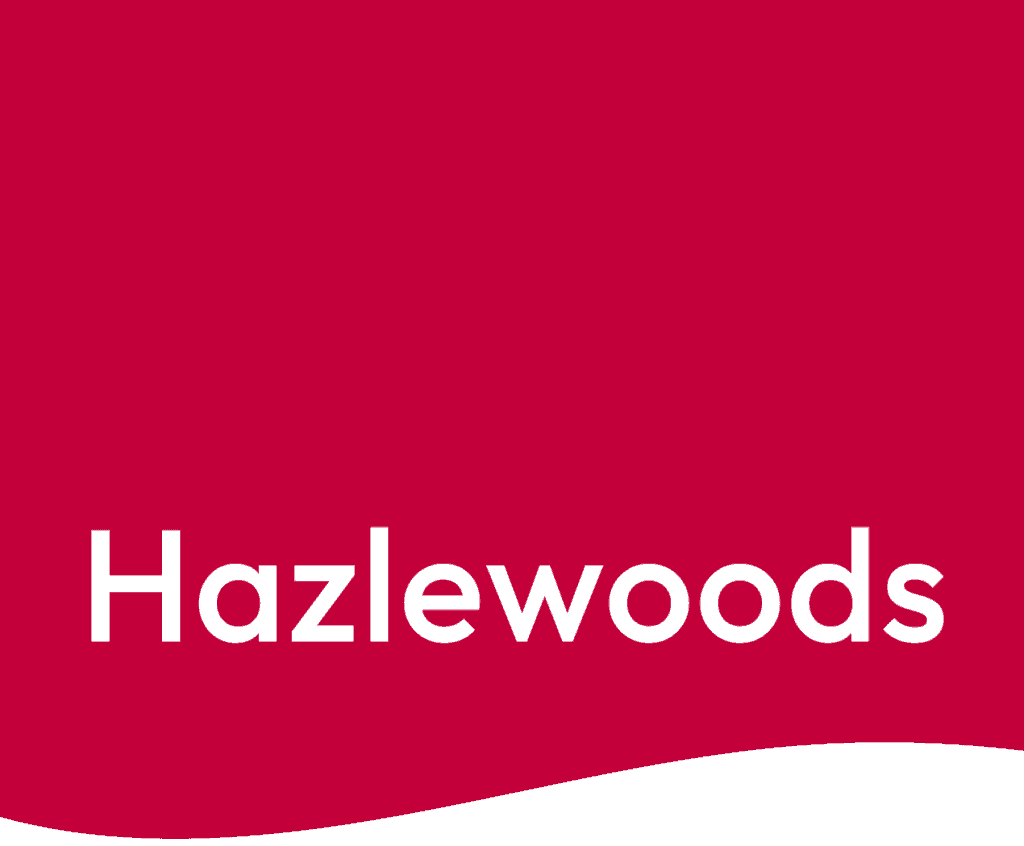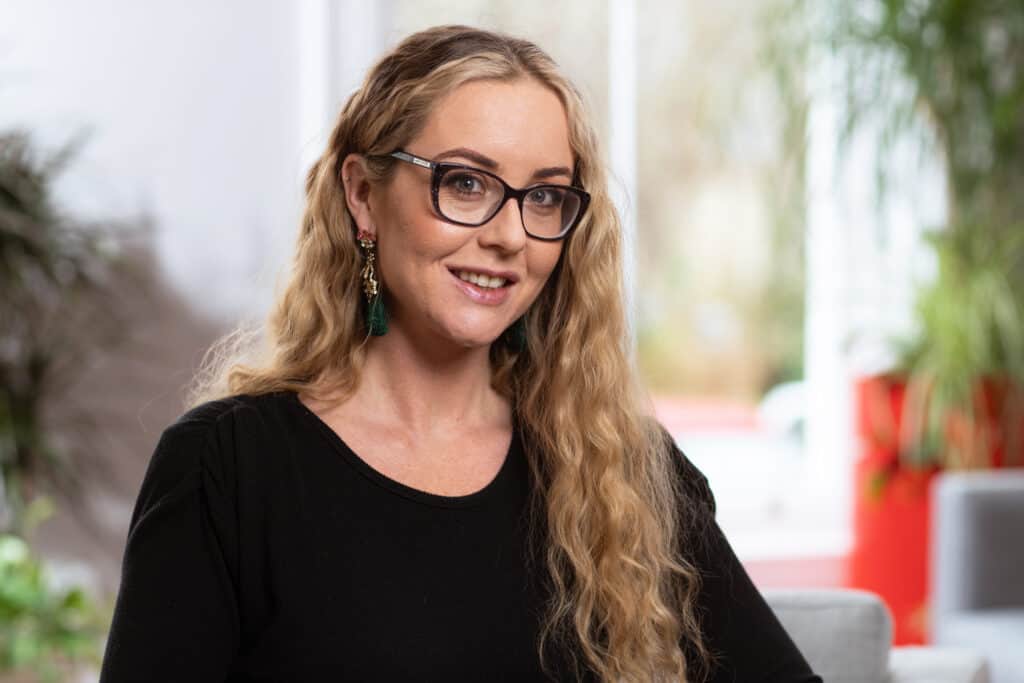Bayford New Horizons recently transitioned their group of five Bluebird Care franchises into an Employee Ownership Trust (EOT), guided by the specialist tax team at Hazlewoods and corporate lawyer, Tim Ward of Harrison Clark Rickerbys. Deemed to be unique within the franchise landscape, Paul Barry, franchisee, explains why it was the most attractive option for his business.
Why did you choose an EOT structure over a more traditional exit or succession strategy?
“EOTs are a relatively new exit strategy for businesses, and while selling to a private equity buyer, a trade buyer, or back to the franchise company may be quicker, there are several benefits to choosing an EOT. Our employees are such an important part of our business, and we had always paid market leading rates, so the opportunity to structure an exit in a way that provided value for them was very appealing.”
How did Hazlewoods help?
“Due to the complex legislation regarding EOTs, a specialist advisor was essential. As our business was a franchisee there were additional complications with regard to explaining the proposed structure to the franchisor.
Hazlewoods were instrumental in clearing the path with HMRC so that we could go to the franchisor with clarity. Once they had secured HMRC’s stamp of approval, we could then proceed with confidence.“
Describe some of the challenges?
“Our situation was pretty unique, we believe this to be the first transition of a franchisee to an EOT, so liaising with the franchisor was a key element for success. Once the franchise company was happy, the implementation of the EOT was straight forward.“
What are the tax benefits?
“Due to the structure of the cashflows in a transition to an EOT, it will take vendors longer than a traditional exit – at five years our timeframe is around two years longer than a PE or trade exit. This timeframe obviously depends on your business and can be shorter/longer. The flipside is that an EOT has substantial tax advantages if structured correctly, in the form of a complete exemption from any capital gains tax.
Whilst the tax-free benefits are attractive, this was not the pivotal driver for us. Instead I would say that the tax benefit allows you to consider the EOT mechanism, rather than the other way around.“
How does the transition evolve over time?
“With a five-year timeframe there is room for gradual change and not a sudden buy-out that might unsettle employees and the business in general.
We think that after a couple of years under the EOT ownership will be an incredibly important phase, as staff morale and engagement increase as the end of the transition is in sight. As we then approach the final handover date, the new leaders will be in a great position to confidently take on their business and realise the growth potential that brings.“
What are benefits to the employees?
“For employees, there is the ability to pay tax free bonuses. But wider than that by providing employees with a sense of ownership in the business, it will also lead to increased employee retention, morale and engagement – something really important for the care industry. Longer term the structure should allow the business to increase its already market leading hourly rates paid to the carers.“
Have you had feedback from the employees?
“We are now six months into the transition and the feedback so far has been very positive on three levels. The care staff appreciate that nothing has changed in their working lives, which is great! The care industry can have a high turnover of staff, and this route enabled us to give staff the best stability.
The care managers themselves are interested and positive, but mostly appreciate the continuity of management in that no one new is coming in and making big changes.
Lastly, the two key leads in the new management structure who have a new incentive scheme are completely on board, and excited to be the leaders of the business. Overall, the employees are feeling empowered to continue building on their success.“
Do you still have involvement in the company?
“My wife Kate is MD and will continue in that role until nearer the time to handover to the new senior management. By contrast, I left my Directorship and employment on the day of sale.“
What’s next for you Paul??
“Having previously run a successful software business, I benefited from executive coaching, and separately, business coaching. I could not find a combined offering, and so completed an executive coaching qualification myself. With a history of building successful businesses behind me, I am now able to concentrate on my executive and business coaching business, Coachel.“
Megan Lewis-Bourke, Hazlewoods “I enjoyed working with Paul and Kate at every stage of this transition to employee ownership. A key element of a successful EOT is vendors that are committed to their employees and the longevity of their business, and Paul and Kate absolutely embody these principles of an EOT. I am excited to work with more franchisees in pursuing this route as I think an EOT can work beautifully alongside a franchise model.”
It’s important to note that the tax benefits of EOTs depend on the specific circumstances of each business and how the EOT is structured. Therefore it is advisable to consult with a tax professional to determine if an EOT is the right exit strategy for your business. Please contact the team for further advice.


